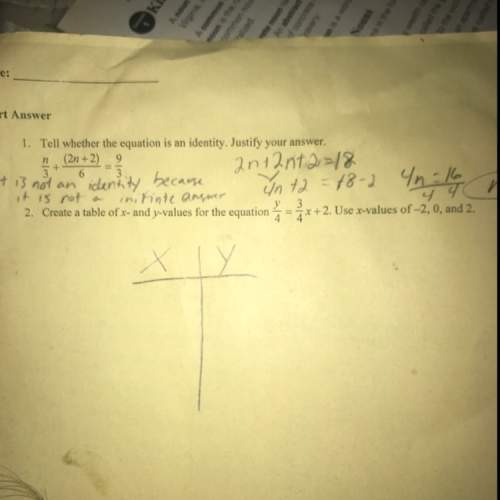
Physics, 02.03.2020 18:59 aliciagore
A spider begins to spin a web by first hanging from a ceiling by his fine, silk fiber. He has a mass of 0.025 kg and a charge of 3.4 µC. A second spider with a charge of 4.2 µC rests in her own web exactly 2.6 m vertically below the first spider.
(a) What is the magnitude of the electric field due to the charge on the second spider at the position of the first spider?
(b) What is the tension in the silk fiber above the first spider?

Answers: 3


Another question on Physics

Physics, 21.06.2019 20:00
Spend time observing or thinking about events that involve matter and energy. which events can you explain? which events can’t you explain?
Answers: 1

Physics, 21.06.2019 22:00
Identify the forces that contribute to the centripetal force on the object in each of the following examples: a. a bicyclist moving around a flat, circular track b. a bicycle moving around a flat, circular track c. a racecar turning a corner on a steeply banked curve
Answers: 1

Physics, 21.06.2019 22:30
Under conditions for which the same room temperature is maintained by a heating or cooling system, it is not uncommon for a person to feel chilled in the winter but comfortable in the summer. provide a plausible explanation for this situation (with supporting calculations) by considering a room whose air temperature is maintained at 20â°c throughout the year, while the walls of the room are nominally at 27â°c and 14â°c in the summer and winter, respectively. the exposed surface of a person in the room may be assumed to be at a temperature of 32â°c throughout the year and to have an emissivity of 0.90. the coefficient associated with heat transfer by natural convection between the person and the room air is approximately 2 w/m2 â‹…â‹… k. what is the ratio of the thermal resistance due to convection to the thermal resistance due to radiation in the summer? what is the ratio of thermal resistances in the winter
Answers: 1

Physics, 22.06.2019 11:40
Imagine that you have two balloons (or, better yet, actually inflate two balloons, if possible). create static electricity around one of the balloons by rubbing it against your hair or your sweater and then bring that balloon close to the other balloon, which has not been charged. try this with at least one other object—and for variety in the discussion, avoid using an object already described by your classmates. then, for your initial post to the discussion, answer the following questions: what happened with the two balloons?
Answers: 3
You know the right answer?
A spider begins to spin a web by first hanging from a ceiling by his fine, silk fiber. He has a mass...
Questions

Mathematics, 29.08.2020 22:01


Computers and Technology, 29.08.2020 22:01

Mathematics, 29.08.2020 22:01

Mathematics, 29.08.2020 22:01







Mathematics, 29.08.2020 22:01


Mathematics, 29.08.2020 22:01


Business, 29.08.2020 22:01




English, 29.08.2020 22:01




